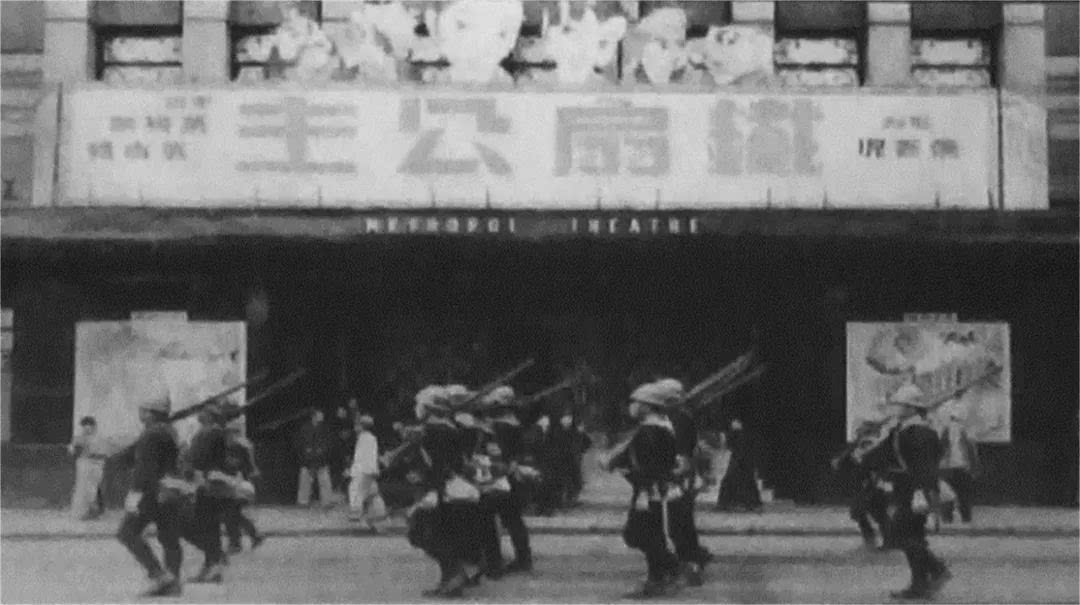Like most of you (I assume) I knew that Princess Iron Fan 鐵扇公主 (1941) was China’s first full-length animated film. Also like most of you I assume that you wanted to know more about the background of a full-length animated film made unoccupied Shanghai ( i.e. in the gudao 孤岛 or isolated island, the part of the city that was not occupied by the Japanese between 1937 and 1941) I also assume that like me you were too lazy to research the background of this film. Fortunately for us all, Daisy Yan Du is less lazy, and has done a fine job of explaining the background of this film in Daisy Yan Du, Animated Encounters: Transnational Movements of Chinese Animation, 1940s–1970s (Honolulu: University of Hawaii Press, 2019). One of the reasons the film is so famous is that Tezuka Osamu the “God of Manga”saw it in Japan as a kid and was profoundly influenced by it. In discussing his version of the Sun Wukong story he said
However, what really opened my eyes , impressed me deeply, and sparked my desire to create today was Princess Iron Fan, the first Chinese animated feature film., which premiered in Japan in 1942. (pg. 58)
Du gives the background on inspiration for the film (Disney’s Snow White) , but most interestingly, for me at least, deals with how it ended up being shown in Japan and becoming, in some respects, the origin story of Asian animated film. It was the direct inspiration for 桃太郎の海鷲 Momotarō’s Sea Eagles (p.52), Japan’s first almost feature length animated film.
She also deals with what to make of Iron Fan, which was a big issue for the film at the time. It was made by the Wan brothers and a team of 250 artists starting on April 25, 1940. The film opened on Nov 19, 1941, in Shanghai. As you can see below, it was still running on Dec 8, 1941, when Japanese troops marched into the International Settlement and French Concession. 
But what to make of it? Chinese film censors were not big on films that were not clearly and explicitly war propaganda, and Japanese censors were on the lookout for any signs of anti-Japanese thinking. What to make of a traditional fantasy story about a monkey fighting a Bull-Demon King? Was this a resistance film? Tezuka Osama certainly thought so, and the Wan brothers claimed as much after the war. Was it part of folding Chinese culture into the Greater East Asian Film Sphere? Those who brought the film to Japan clearly thought so, and the Wan brothers were congratulated for striking a blow for the “Oriental Spirit” against Hollywood and Western films. (p.48)
I was also happy to find out that, as shown in the link at the head of this post, there is now a free version with English subtitles so I can show it to my students.
1 Comment